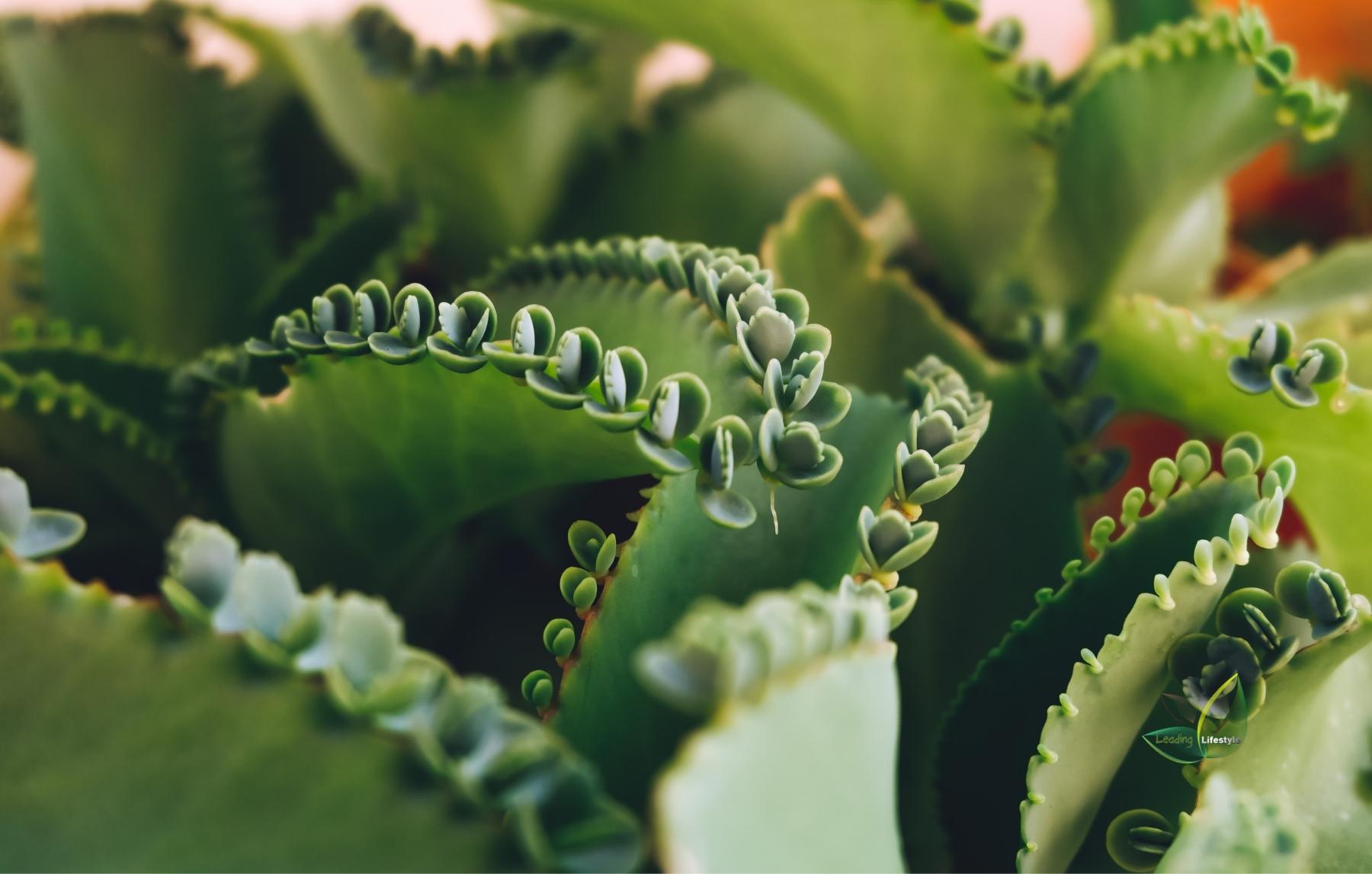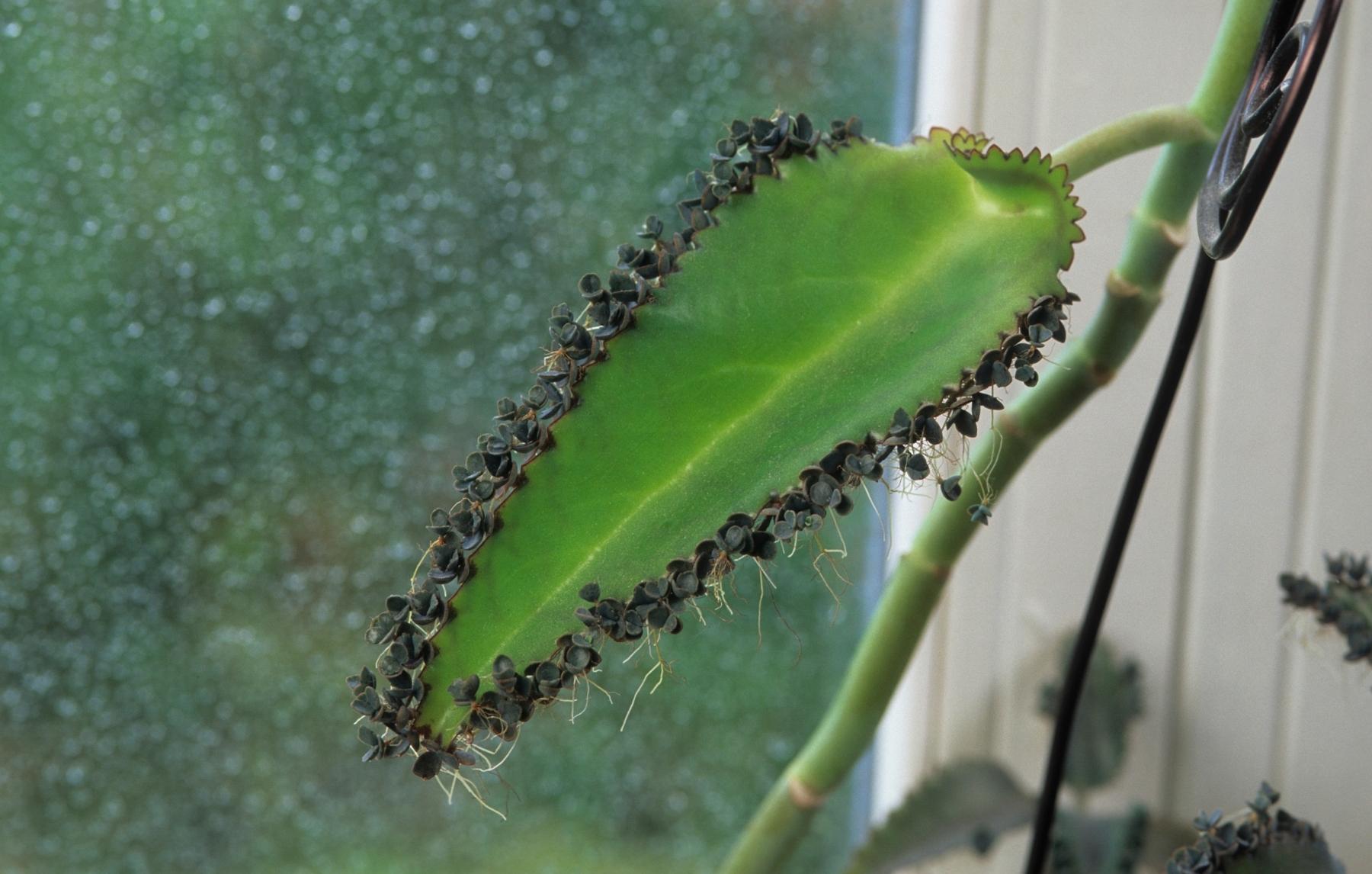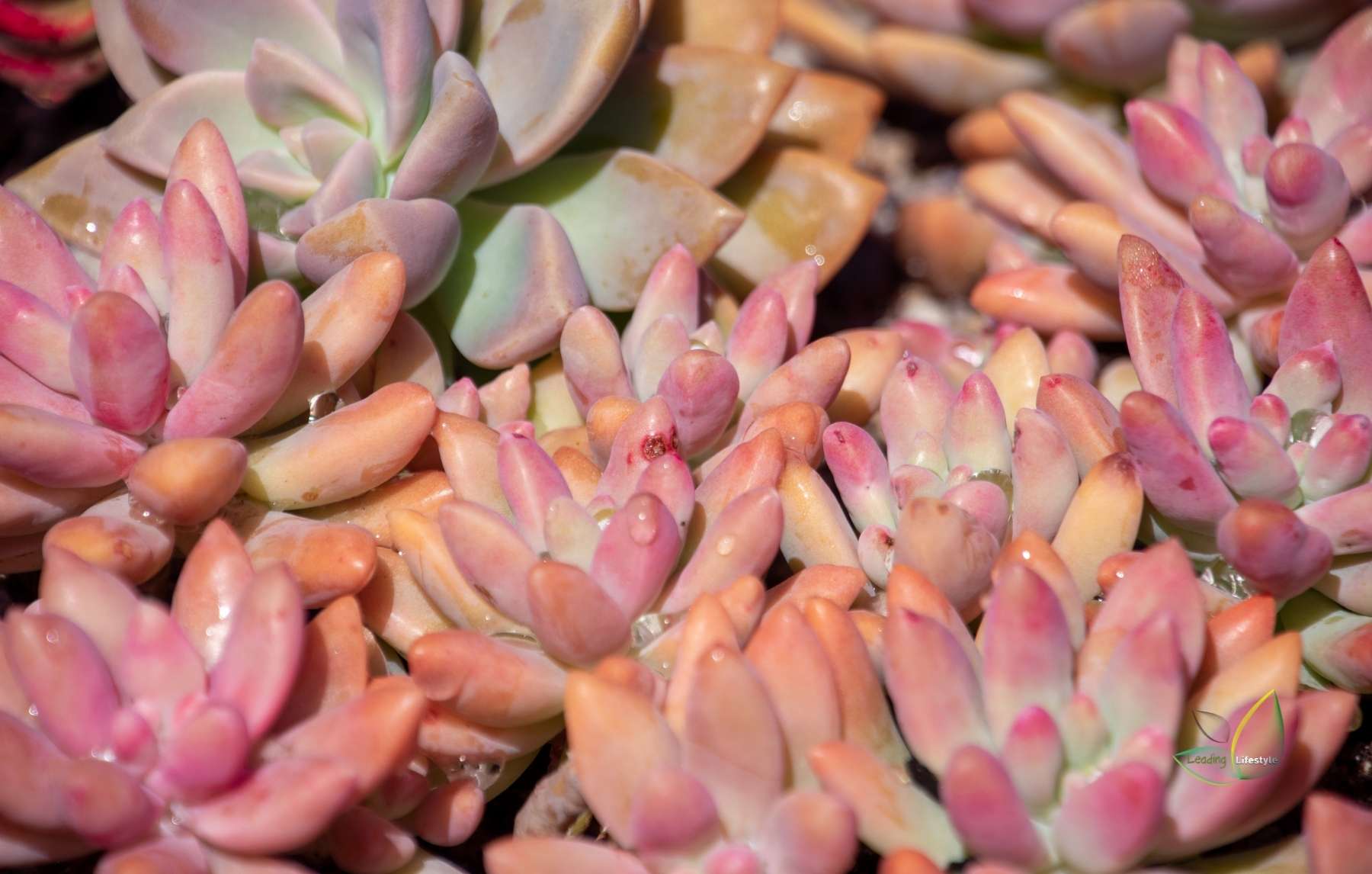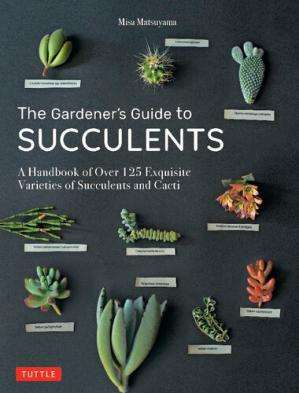The Mother of Thousands (Kalanchoe daigremontiana) is a lovely and amazing house plant that is one of our favorites. Ensure you know how to look after one of these plants, so it lasts for a long time in your home.
In this guide, we’ll tell you whatever you need to know about how to look after your Mother of Thousands plant. However, let us begin with a brief overview of mother of thousands plant.

Quick Look:
- Botanical Name Kalanchoe Daigremontiana
- Native Area Africa
- Plant Type Succulent
- This plant grows up to 3′ (90 cm) tall
- Sun Exposure Full sun, partial shade
- Typical water needs for a succulent
- Soil pH Acid, neutral, alkaline
- Zone 10a (Minimum 30° F | -1.1° C)
- Not cold hardy
- Summer Dormant
- Bloom Time Winter
- Flower Color Grayish-pink
- Propagation by plantlets
- Toxicity Toxic to humans, cats, and dogs
Precautions and Safety
The Mother of Thousands plant’s poisonous sap can cause skin irritation and blistering. As a result, we recommend wearing rubber gloves when interacting with the plant. To prevent the spread of infections, sanitize your cutting tools with hot water and alcohol.
When interacting with the plant, we recommend that you wear rubber gloves.
What Is A Mother Of Thousands Plant?

Mother of Thousands is also known as Mexican Hat Plant, Alligator Plant, and Devil’s Backbone. The plant is a succulent that grows from a single stem and is native to Madagascar.
The large blue-green leaves are pointed and narrow, reaching 6-inches long and 3-inches wide. If allowed to grow, the plant can get 18 to 35 inches.
The tiny plantlets that grow along the edges of the leaves distinguish this plant. These plantlets will fall easily from the main plant, attempting to take root wherever they land and find suitable soil for growth.
As a result, many gardeners regard the Mother of Thousands as a nuisance plant, with the tiny plantlets attempting to grow and multiply in all types of soil alongside other plants.
It’s easy to see how the plant earned its common name – it’s the mother of thousands of other plants! When growing Mother of Thousands indoors, you won’t have to worry about it propagating too much, though the tiny plantlets may fall into any nearby plant pots where they can take root.
Basic Care for Kalanchoe Daigremontiana "Mother of Thousands."
When growing Mother of Thousands, you should plant it in a well-draining potting mix, water it only a few times a week, and keep it in bright, indirect sunlight at 65 to 75° F. The tiny plants that develop all along the edges of the leaves must be managed as they attempt to root themselves wherever they land.
How to Grow a Mother of Thousands (Daigremontiana Kalanchoe)

The mother of thousands (Kalanchoe daigremontiana) is a unique and easy-to-care-for succulent that you can’t go wrong with as a house plant. It is native to Madagascar’s tropical and subtropical regions.
Mother of thousands is a slow-growing plant that thrives outdoors in hotter climates like Florida and Hawaii; it rarely blooms indoors.
If you want to plant it outside, wait until the weather warms up in the summer. It’s ideal for inexperienced houseplant enthusiasts and gets its name from the numerous baby plantlets that grow along the serrated edges of its leaves.
It matures between two and five years.
When grown outdoors, it produces small, tubular, dangling pinkish-gray flowers at the start of the warm season; the plant frequently dies after flowering.
These plantlets make Kalanchoe Daigremontiana a lot more exciting and make it very easy to grow from. It stands in stark contrast to other Kalanchoe species, which have more spectacular flowers.
Which Pot Is Best For Growth And Drainage?
Mother of Thousands’ roots are delicate and thrive best when air can circulate them. The best option is a terracotta pot with holes in the bottom to easily drainage excess water.
You can further enhance the drainage system by adding a few pebbles or small stones to the bottom of the pot.
Place the pot in a tray to allow excess water to drain – then empty the tray as soon as water begins to collect. The plant is not tolerant of wet or damp conditions.
Allowing the Mother of Thousands to stand in water may cause the roots to rot, resulting in damage to the plant.
Mother of Thousands prefers to grow in small containers. It will get bigger and taller if you put it in a bigger pot. For bushier plants, start each Mother of Thousands in a smaller pot and gradually increase the size as the plant grows.
What Is The Best Soil Type For Mother Of Thousands?

The Mother of Thousands thrives in sandy, well-drained soil. A cactus-specific potting mix is a good choice. You can make your sandy potting soil if you don’t have any on hand. Add coarse sand to standard potting soil.
You can make soil drain better by adding things like:
- Perlite – You make it lighter and looser when adding perlite to your potting soil. Perlite is made from crushed volcanic glass.
- Pumice – Pumice aerates and loosens the soil, allowing water to drain correctly.
- Vermiculite – Made of mica, vermiculite aids in the retention of water in the soil while allowing for adequate aeration.
Avoid soils that contain peat moss, humus, or loam. With any of these ingredients in the potting mix, the soil will take excessive time to dry, trapping excess moisture in the container.
Watering Mother Of Thousands
Water your Mother of Thousands’ soil thoroughly. Allow the plant to dry out completely before rewatering.
Always use room temperature water when watering. The plant’s roots are highly temperature-sensitive. Using too cold or too hot water can “shock” the roots, resulting in damage.
Another watering tip for your Mother of Thousands is to water the soil only and avoid watering the leaves. When the plant’s leaves become wet, they become prone to rot.
Water the Mother of Thousands less frequently during the colder winter months, only enough to keep the soil moist without becoming saturated. Avoid allowing the plant to dry out completely; otherwise, it will be unable to be rejuvenated!
Light Requirments for Mother Of Thousands
Mother of Thousands requires an abundance of light. Provide indirect sunlight for the plant; otherwise, its delicate leaves will become sunburned. During the cold months, from fall to early spring, when the sun is less intense, you can put the plant in direct sunlight to ensure it receives adequate light each day.
Your Mother of Thousands will thrive in an east-facing window. They prefer direct sunlight in the morning, even in the summer, when the sun is not yet as hot. North-facing windows are frequently a poor choice for the Mother of Thousands – the plant will not receive enough hours of light in this direction, even during the summer months.
Keep in mind that windows facing south and west are too hot for your Mother of Thousands in the summer. You might want to move the plant to another part of your home, so it doesn’t get too hot.
When your Mother of Thousands receives the optimal amount of light, the leaves will be a vibrant green with a beautiful red outline.
Plants grow tall and spindly when they don’t get enough sunlight. There will be significant gaps between the leaves, giving the plant a sparse and worn appearance.
Temperature Requirements Of A Mother Of Thousands
Mother of Thousands thrives best in temperatures between 65 and 75 degrees Fahrenheit (16 and 24 degrees Celsius). Keep the plant away from direct heat when warming up your home during the colder months. Not only can direct heat cause damage to the leaves, but it can also cause the plant to dry out prematurely.
Mother of Thousands Potting and Repotting
Repotting is usually only necessary if the mother plant’s pot has become overrun with fallen plantlets that have started to take root. It’s best to remove them and replant them elsewhere, preferably in a more well-drained container.
When Should You Repot and How?
When your Mother of Thousands outgrows the pot it’s in; you can repot it to a larger size. You’ll quickly notice if the plant requires additional space to grow. The roots will either become confined to the container or begin to grow out through the drainage holes at the bottom of the container.
Plants that are too large for their container will also begin to dry out more quickly, even at cooler temperatures. Another indication that your Mother of Thousands has outgrown the container is if the leaves and stem have ceased to grow or have slowed significantly.
Transfer to the larger pot in the spring. Spring is the optimal time to repotted roots because the increased daylight hours and warmer temperatures stimulate root growth.
Select a new pot that is the next size larger than the one in which the plant is currently growing. A good rule of thumb is to choose a pot approximately two inches taller and two inches wider than the current pot.
Ascertain that the new pot has adequate drainage holes. Your Mother of Thousands will eventually fill any container, but it will appear unbalanced in large containers in the interim.
Fill the new pot one-third full of soil when you’re ready to repot. As previously stated, use cactus potting soil or create your sandy soil mix. Tamp down the soil slightly to allow it to settle. Put your palm down on the soil and spread your fingers around the stem of the Mother of Thousands. Then invert the pot and gently squeeze the sides to dislodge it from the roots. Slide the plant carefully out of the pot.
Remove any broken or dead roots. Additionally, trim back any roots that appear mushy or rotted. Handle the tender roots with extreme caution to avoid breaking any healthy ones. If there are any long roots, they may need to be trimmed to fit into the new pot.
Place your Mother of Thousands carefully in the center of the new pot, with the top of the roots about 1-inch below the pot’s rim. Add approximately two to three inches of soil. Tamp the soil to compact it slightly. Avoid overfilling the pot with soil.
Slowly water with room temperature water to allow the soil to absorb the water. Continue watering a few more times to ensure that the soil is evenly moist. Allow any remaining water to drain from the bottom of the pot. Finally, you’re finished! Your Mother of Thousands will be overjoyed to have additional space to expand and thrive.
Pruning Mother Of Thousands
Your Mother of Thousands may require occasional pruning as with any other houseplant. Pinch off the top of the plant straight above a large leaf if it becomes wiry and spindly. This will cause the plant to produce additional leaves further down the stem.
Propagation Of The Mother Of Thousands


Mother of Thousands is a low-maintenance houseplant that propagates easily via small plantlets. To begin, remove two or three plantlets from one of the leaves. If you are not planning to plant the plantlets immediately, place them in a plastic bag or wrap them in plastic wrap. Keep them moist until ready to use.
Add cactus soil to a small terracotta pot. Find a pot that’s big enough for the roots of the plantlets to grow in. They will take a while to grow to fit in a big pot.
Plant the plantlets directly into the soil, spacing them apart by at least 12 inches. Keep the soil and plantlets moist but not saturated with water by misting them with water. Then, using plastic wrap, wrap the pot to create a mini greenhouse.
Place the pot in a place where it gets a lot of suns. Then, keep the soil and plantlets moist, but don’t water too much. They will rot if you give them too much water, rendering them unusable. Mother of Thousands is not a fan of high humidity, valid for the plantlets.
Keep an eye on the plantlets and observe their growth. Adjust the plastic wrap as necessary to avoid crushing the plants. You can use a toothpick to poke a hole in the soil and tent it with plastic wrap.
When they reach about an inch in height, you can remove the plastic wrap, allowing them to continue growing in the sun. Some of these new plants may flower for you if you have a green thumb, bursting with small pink/purple flowers.
When the plants reach a sufficient size, they can be separated and replanted in their pot. Bear in mind that the roots of these young plants are highly delicate and susceptible to damage. When transplanting them, make a wide cut into the soil to avoid cutting into the roots.
Mother of Thousands Growing in a Terrarium
Terrariums are trendy because they provide an excellent environment for growing and displaying cacti and succulents. Mother of Thousands is a perfect terrarium plant. Mother of Thousands is a succulent that thrives in bright indirect sunlight and can be grown successfully in a terrarium or glass container.
The small plantlets that fall and take root can quickly take over a terrarium if grown with other plants.
You can avoid this by removing the plantlets from the terrarium before rooting. The main Mother of Thousands plant, with its unique leaves, can look quite lovely in a glass container.
Taking care of Mother of Thousands
Kalanchoe likes to grow in rooms that aren’t too hot or too cold and in soil that isn’t too wet but not too dry. Succulents thrive when potted in terracotta pots with adequate drainage. Not to mention that the terracotta pot resembles the one used to grow cacti. Remember that you should only move the plant when it outgrows the pot it’s in now. Additionally, repot the plant in the spring. It’s also important to keep in mind that kalanchoe likes bright light. As a result, keep your succulent in an area that receives adequate sunlight.
Additionally, you will need to water the plant thoroughly. However, check if the top two inches of soil are dry before watering the plant again.
Is Mother Of Thousands a Flowering Plant?
It rarely blooms when the Mother of Thousands is grown inside as a house plant. Mother of Thousands will flower if the conditions are perfect when grown outdoors and kept in a garden. Pink tubular flowers dangle gently from the plant’s central stalk.
They only bloom on mature plants during the fall and early winter if it isn’t too cold. Following flowering, the plant dies, leaving numerous plantlets to sprout in its place.
Is Mother of Thousands Plants Toxic or Poisonous?
Yes!
The mother of thousands is a popular houseplant, but you should exercise extreme caution if you have children or pets in your home while growing it.
The plant contains daigremontianin, a cardiac glycoside – a highly toxic steroid belonging to the bufadienolides class of compounds known to cause cardiac poisoning – and cotyledonous.
Cotyledonous intoxication is a type of poisoning caused by frequent small doses.
It has been discovered to affect small animals’ muscular and nervous systems.
Crassulaceae species are a significant source of this toxin, which is estimated to be responsible for 33% of all cattle deaths in South Africa due to plant poisoning.
Humans, household pets, birds, and livestock are all known to be poisoned by the plant.
Which Areas of the Mother of Thousands Are Toxic or Poisonous?
All parts of the Kalanchoe plant, including the tiny leaflets on the leaf edges, are poisonous and can cause toxicity when consumed.
However, the level of toxicity is typically mild to moderate.
Rarely does the plant cause severe poisoning.
However, you must exercise caution and keep the plant out of reach of children and pets and immediately remove any small plantlets that fall off the plant.
The milky sap secreted by the main plant’s injured or broken stems also contains the toxic element.
As a result, caution and protective gear should be worn when working with the plant.
What Are The Poisoning Symptoms?
When the mother of thousands plants is consumed in small amounts, it frequently causes gastrointestinal irritation and gastric distress, resulting in vomiting and diarrhea.
However, large doses of the plant can cause serious health problems such as palpitations and changes in heart rate.
Severe toxicity can occasionally result in tremors and seizures.
If consumed in large quantities, thousands of mothers can be fatal to small animals and children.
People with sensitive skin should be extra careful when they touch the sap, even if it hasn’t been proven to cause any problems. It may irritate or cause an allergic reaction on the skin.
Treatment of Mother of Thousands Poisoning in Dogs
Due to the rapid absorption of cardiac glycosides, treating the Mother of Thousands poisoning cases is unique. Rather than induce vomiting to eliminate the toxins, the veterinarian will likely bypass this step and proceed directly to decontamination, medication, and observation. If your pet suffers a severe cardiac event or has difficulty breathing, the veterinarian will immediately begin administering oxygen and intravenous fluids to your dog; even before the examination is completed. Before proceeding further, the veterinarian will also connect your dog to an electrocardiogram machine to monitor the heart’s electrical activity.
Contamination removal: To decontaminate your dog correctly, the veterinarian will give activated charcoal orally to absorb any undigested toxins. Additionally, a gastric lavage cleanses the stomach and intestinal tract. Dehydration can be avoided by having the veterinarian administer intravenous (IV) fluids to flush the kidneys.
Medications: The veterinarian will most likely administer heart rhythm medication such as atropine or lidocaine to control the cardiac irregularities. Additionally, a veterinarian may prescribe stomach-protecting and muscle-relaxing medications.
Inspection, Overnight observation is common, particularly if your dog has difficulty breathing or has cardiac irregularities.
Common Questions:

The Mother of Thousands is a highly toxic plant. Toxic and lethal to small children and pets, the leaves, stems, and tiny plantlets. You should keep the plant out of the reach of children and pets.
Typically, the plant will prune itself if a leaf is damaged or becomes too dry. Pinch off any dead or damaged leaves. When these dead leaves are removed, your plant will appear healthier.
Fertilize the plant three times a year, but only between March and September. Mother of Thousands will not grow as vigorously in the fall and winter, and thus no fertilizer will be required. Utilize a well-balanced liquid fertilizer that has been halved in strength.
There are two possible explanations for your plant's leaves curling: 1) you are overwatering, or 2) the plant is not receiving sufficient sunlight. Reduce the amount of water you give it and relocate it to a location in your home that receives more sunlight each day.


















